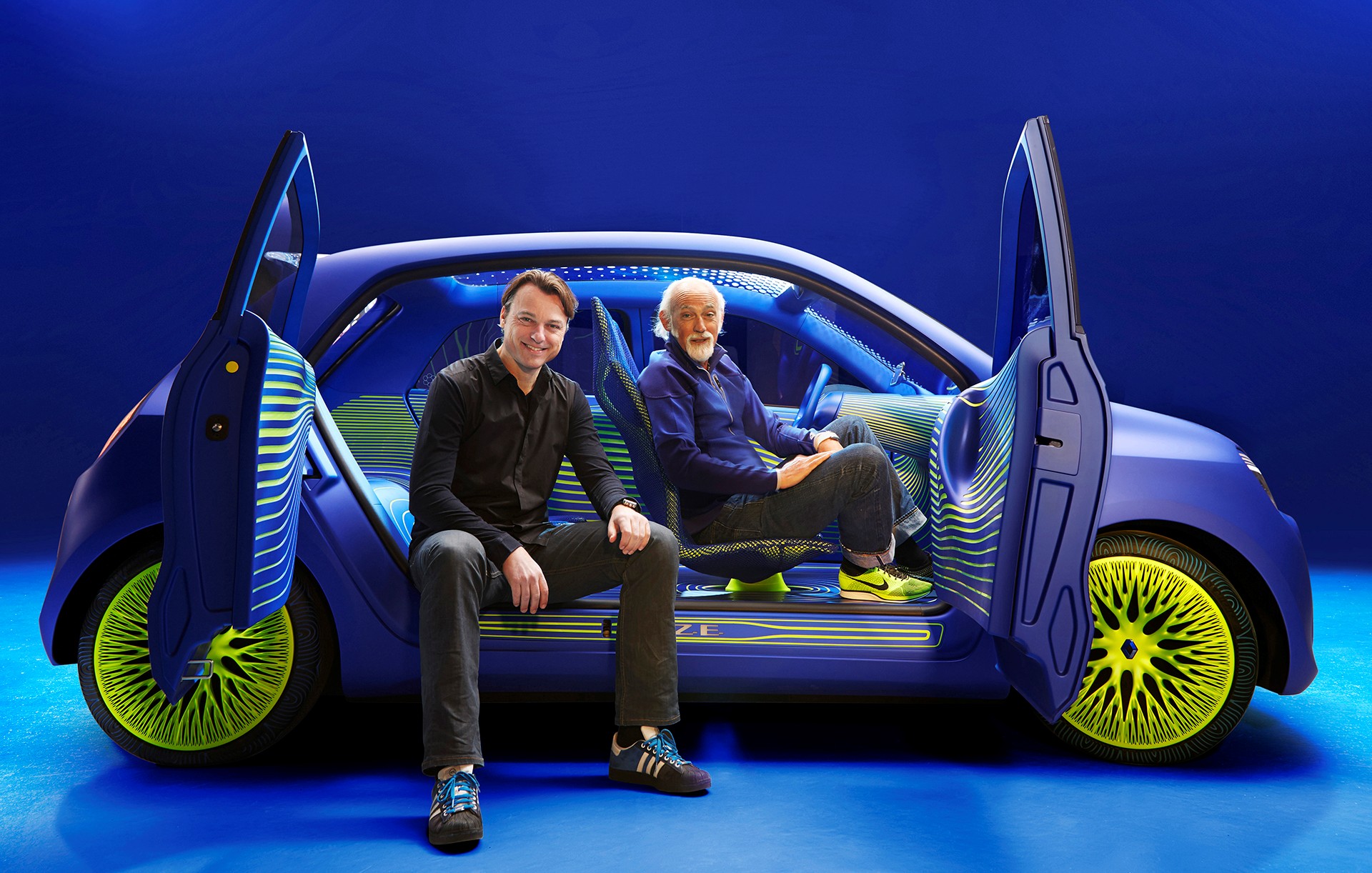12
APR
2013
Renault-Nissan Alliance Team
.
.
Renault Twin'Z - where cars and furniture collide
Breaking with convention, Renault’s latest electric city car – the Twin’Z concept – has not been given its world debut at a motor show, but at a furniture exhibition… the Salone Internazionale del Mobile di Milano, the centrepiece of that industry’s annual calendar.
 But then it has been partly created by Briton Ross Lovegrove, one of the world’s greatest industrial designers. Lovegrove is best known for his organically inspired work in the worlds of computers, lighting, cameras and, of course, furniture.
But then it has been partly created by Briton Ross Lovegrove, one of the world’s greatest industrial designers. Lovegrove is best known for his organically inspired work in the worlds of computers, lighting, cameras and, of course, furniture.
Twin’Z is the latest offering in Renault’s forward-looking design strategy founded on the notion of the human life cycle and represents ‘play’. The striking design has coach-hinged back doors and no B pillar to make access to the spacious interior as easy as possible.
It’s inside the car where the Lovegrove touch is so obvious. Four lightweight seats appear to grow naturally from the floor while there’s no traditional dashboard, just a tablet between the front seats delivering all the vehicle system controls. A smartphone ahead of the driver shows the vehicle speed, range information and warning lights.

Luminescent paths of green light create an almost topographical 3D form within the fabric. Outside, bright green wheels contrast with the ‘earth blue’ exterior colour, while the entire roof and much of the tailgate is framed by a series of different coloured LEDs.
It is powered by a 50kW (68hp) electric motor situated in the rear of the car and driving the back wheels. Four lithium-ion batteries are mounted under the floor for optimum weight distribution and a low centre of gravity.
As Renault Design Director Laurens van den Acker says: “There are numerous bridges between the work of Ross Lovegrove – which combines beauty and intelligence inspired by the living, natural world – and the strategy we have been working on for three years now at Renault, producing sensuous designs based on simple emotions.”
And as far as Lovegrove is concerned: “Designing a car involves harnessing a new attitude towards how we integrate vehicles into everyday life by reducing harmful emissions, dematerialising the car’s physicality to achieve lightness and maximising not only its footprint but also, and above all, its efficiency and intelligence.”






Post new comment